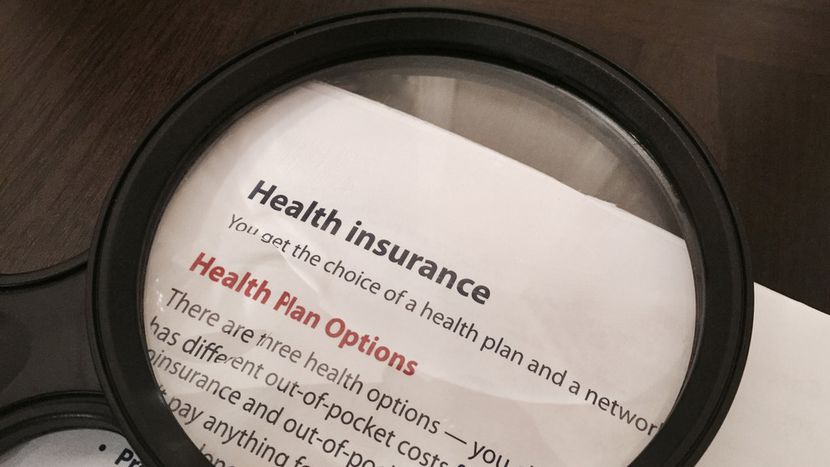FOR IMMEDIATE RELEASE
DALLAS – January 18, 2017 – Most Republican plans to replace Obamacare envision spending all their health insurance subsidy dollars in the individual market, just like Obamacare does. But a new plan takes a radically different approach. Noting that the individual market in many states is “dysfunctional’ and may end up in a “death spiral,” the sponsors ask, “Why throw good money after bad?”
The plan instead proposes allowing people a tax credit for enrolling in group insurance through an employer – where the premiums are often lower and the benefits better.
Legislation to do just that has been introduced in the House of Representatives by Pete Sessions (R-TX), Chairman of the House Rules Committee, and in the Senate by Bill Cassidy (R-LA). In an article posted today at the Health Affairs Blog, Sessions and Cassidy along with John Goodman (the health economist who helped create the plan) make these points:
- Almost 30 million people are currently uninsured and that number is unlikely to change very much under Obamacare or under other Republican replacement plans.
- About 85% of the uninsured live in a household with at least one worker and three fourths live in a household with at least one full-time worker.
- More than half of the uninsured live below 200% of the poverty level and the main reason why the uninsured say they are uninsured is because of “cost.”
- Yet neither Obamacare nor other Republican plans offer any substantial assistance to people who potentially could become insured through their employers.
The proposal would create a universal tax credit for health insurance and the same credit would apply in the individual and group markets. The authors say it would be generous enough “to allow the average person access to a plan that is similar to well-managed, privately administered Medicaid.”
Employers would have the option to continue under the current tax system (purchasing insurance with pre-tax dollars) or the tax credit system. They would also be able to help their employees obtain insurance in the individual market or in the group market.
The proposal would also do something else no other proposal does. If there remain any uninsured, some portion of unclaimed tax credits would be sent to safety net institutions in the communities where the uninsured live in case they cannot pay their medical bills from their own resources. People would have access to health care, even if they lack health insurance.
The authors say that with a tax credit independent of income electronic enrollment would be easy, using off-the-shelf technology. States could use existing systems to automatically enroll people – making them insured unless they choose to opt out.
The authors also say that they believe that the goal of universal coverage can be achieved with money already in the system. “We don’t need any new taxes or any new spending,” they write.
About the Goodman Institute
Led by Dr. John C. Goodman, the Goodman Institute for Public Policy Research (GIPPR) is a nonprofit, nonpartisan public policy research organization that promotes private alternatives to government regulation and control, solving problems by relying on the strength of the competitive, entrepreneurial private sector. Topics include reforms in health care, taxes, and entitlements. Visit www.goodmaninstitute.org.
###
Media Contact:
J. Waylon & Associates LLC
O 214-613-0073
Waylon Tate | waylon@jwaylon.com
Kourtney Hamilton | kourtney@jwaylon.com

0 Comments